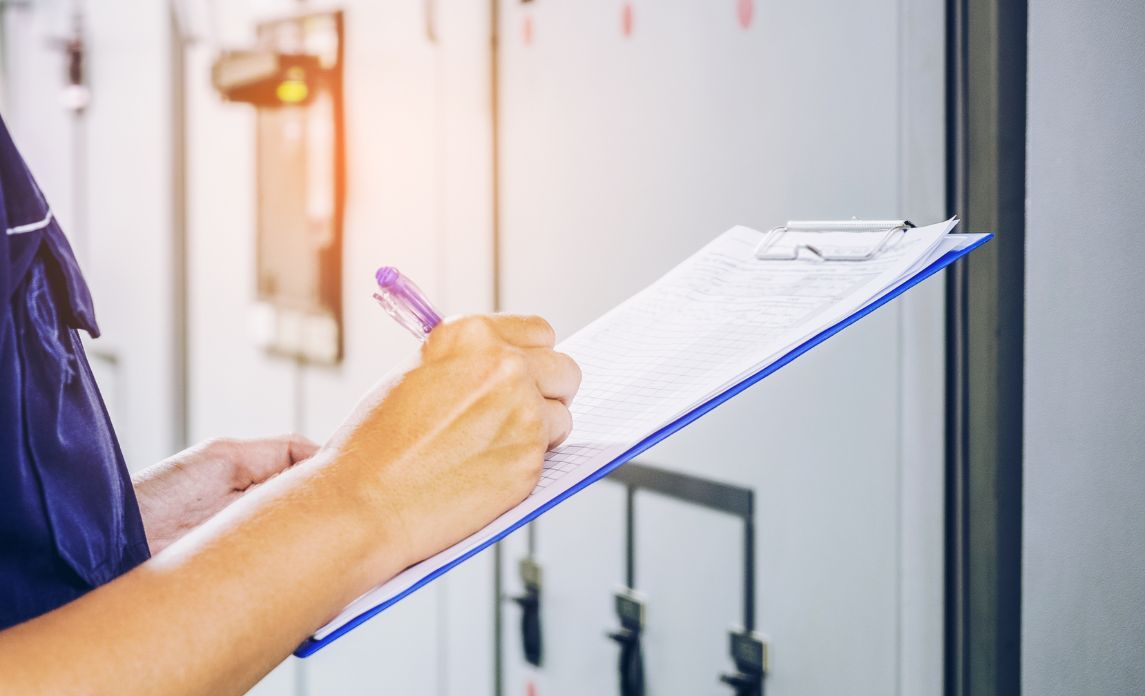A clean workplace has a profound impact in various aspects of running a business. For one, it gives a positive impression on visitors and most especially would-be clients. It’s also crucial towards the morale, productivity, and overall well-being of employees; with a clean, hygienic environment, people can focus on doing their jobs well and not worry about getting sick.
To ensure the cleanliness of the entire workplace, it’s essential to tackle every space as thoroughly as possible. This is particularly true for the loo, which are among the dirtiest places in an office. In fact, for many people, a stinky, messy loo can be a dealbreaker even if the rest of the office is sparkling clean.
Fortunately, you can hire professional office cleaners like Crewcare to handle the work. This way, you can focus on other important matters relating to employee welfare like offering upskilling training or developing retention programmes.
Do note, of course, that cleaning toilets and bathrooms is markedly different from cleaning other areas in the office. Because multiple people use the loo multiple times a day, the place has a tendency to develop foul odours and accumulate dirt much faster. As such, there needs to be a cleaning process to help ensure that everything is taken care of properly and on time.
The easiest way to achieve the best possible clean for the office loo is to have a checklist of all tasks—from minor upkeep such as replenishing soap dispensers, to more labour-intensive jobs such as scrubbing the toilet. To help you get started, here are some things you might want to include in your loo-cleaning checklist:
Complete Cleaning and Hygiene Supplies
It will be extremely difficult to keep any toilet clean without the right tools and supplies in hand. Simply put, you need to be well-stocked with the essentials. Some of the most important products you need to have are the following:
- Toilet bowl cleaner and brush
- Tile cleaner and brush
- Glass cleaner
- Disinfectant or bleach
- Spray bottles
- Sponges and cleaning cloths
- Rubber gloves
- Broom and dustpan
- Vacuum cleaner
- Wet and dry mop
- Signs to indicate hazards and cleaning in progress
For organisation purposes, you can keep all of these items in a roll-away cart or trolley. This way, whenever the cleaning crew comes around or whenever you need to do routine spot cleaning, everything is in one place and ready to go.
Meanwhile, for hygiene supplies, consider having a steady stock of the following;
- Toilet paper
- Paper towels
- Hand soap (bar or liquid)
- Hand sanitiser
- Feminine hygiene products
Prepare an inspection schedule for these supplies, so that you can monitor their status and replenish them as needed.
Basic Cleaning Tasks
Keeping the office loo clean involves more than just scrubbing the toilet. It also involves plenty of what could be considered small or basic tasks, but are still integral to overall cleanliness. These tasks include but are not limited to the following:
- Wiping down messy spots, e.g., countertops that have been splashed with water
- Wiping off smudges on mirrors
- Sanitising high-touch areas, e.g., light switches and door handles
- Restocking supplies
- Sweeping and/or mopping the floor
- Emptying and relining trash cans as needed
- Wiping and disinfecting toilet seats, flush buttons or handles, and faucet knobs
- Replacing floor mats and washing the used ones
Intensive Cleaning Tasks
To ensure the immaculate state of your office loo, you need to perform deep-cleaning routines. These include:
- Scrubbing the toilet at the end of the day; this schedule may change depending on the number of employees, frequency of use, and how many toilet bowls are available for use
- Scrubbing and mopping the floors
- Scrubbing and disinfecting sinks
- Cleaning tile grout on the floors and/or walls
Additional Cleaning Tasks
There are also plenty of other tasks that contribute to the overall cleanliness of toilets and bathrooms in the workplace. Some of these tasks include dusting the exhaust fans, cleaning the ceilings and walls, and scrubbing the baseboards.
If your office has shower stalls, it’s also important to keep the space sanitary. Scrub the tiles, clean the fixtures, and wipe the glass walls (if any) so that they look and smell fresh and clean. Finally, if there are any broken fixtures or any other repairs needed, make sure to address them promptly. This is especially crucial for toilet flushes, faucets, and door locks.
As business owners and office managers, it is your responsibility to employees to provide a clean and hygienic workplace. It’s not just about complying with labour regulations, either. Rather, it’s about being an empathetic and compassionate employer and leader.
Having clean facilities in your office is one step towards ensuring the health of your team, so that they can be healthy, productive, and successful—which then helps your business achieve and even exceed its bottom line.
Take note of the above-mentioned checklists for cleaning the office loo to help ensure that you’ve covered every base and guarantee that your workplace is as spick-and-span as possible.


